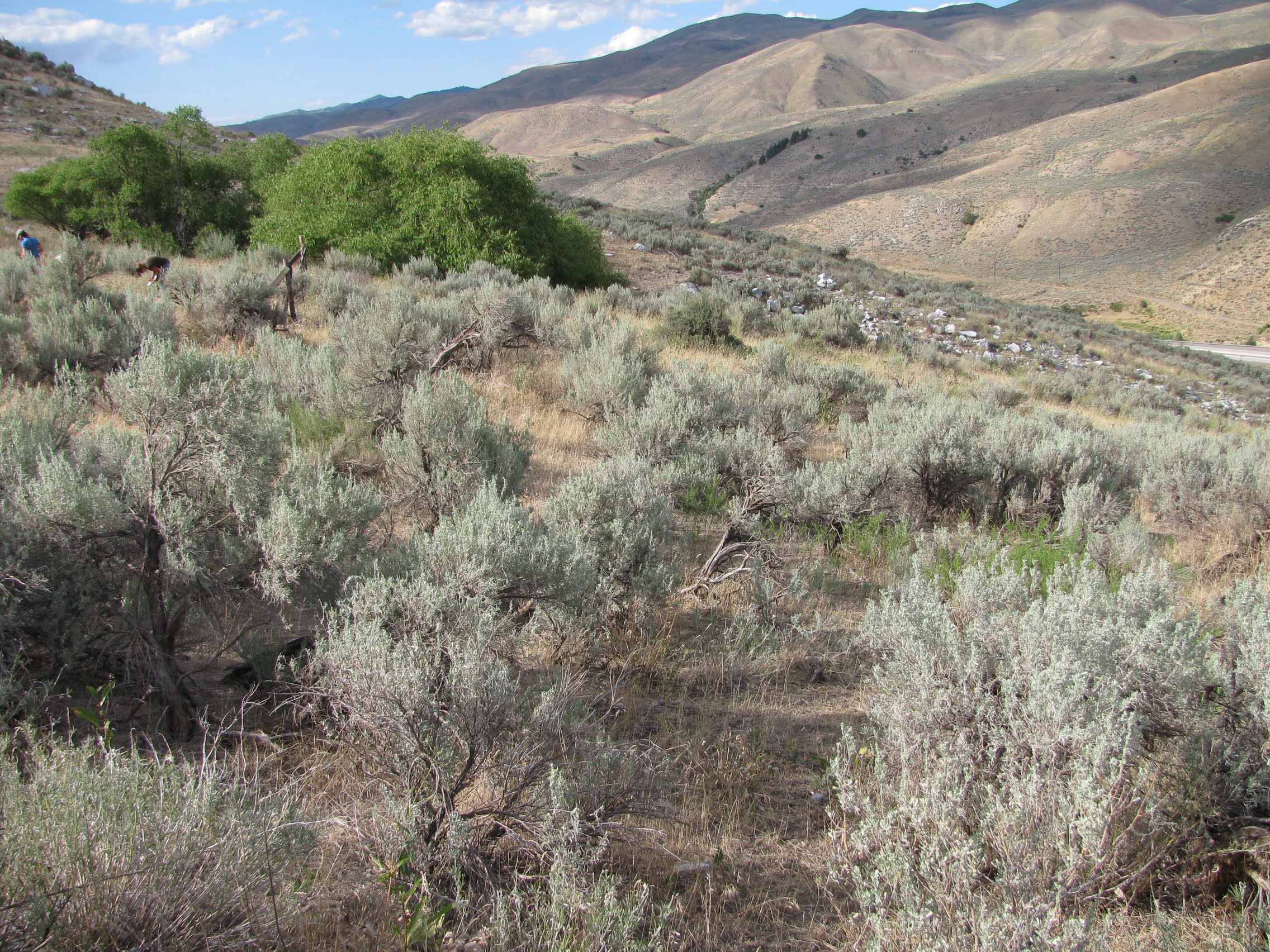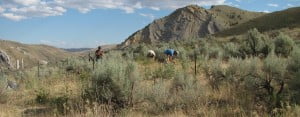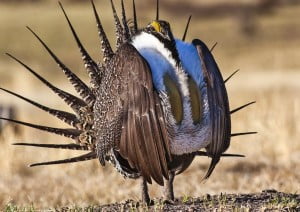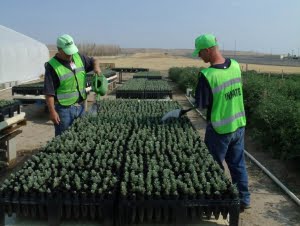
Five Things You Didn’t Know About Sagebrush
1. They talk to each other (and other plants listen in)
Well not exactly talk, but they do release signals that other plants can exploit. For example, when a sagebrush plant is attacked by predators like insects, the plant emits volatile organic compounds that neighboring sagebrush plants can sense and react to by producing defensive chemicals that make them unattractive, or even poisonous, to the attackers. And other plants, like wild tobacco, can eavesdrop on this and ramp up their own defenses, significantly lowering damage from feeding animals. Source.
2. It’s not a sage.
No this isn’t a trick. But common names of plants often confuse the real relationships among plant families. In this case sage, or Salvia, is an herb used as a spice and for its medicinal properties, and it’s a member of the mint family (Lamiaceae, to botanists). But sagebrush, Artemisia tridentata, is in another family altogether, the sunflower family (Asteraceae). But of course sagebrush flowers are nothing like sunflowers, and in fact they are wind pollinated instead of insect pollinated. Some of the more than 350 species of Artemisia are called wormwoods. Absinth and vermouth are made from wormwood.
3. Sagebrush is locally adapted.
Sagebrush plants grow best if they come from the same habitat they are planted into. Local adaptation means that plants from a local habitat out-perform plants from places farther away because of natural selection of optimal genetic types. In a recent study, researchers in Idaho grew sagebrush from one local site and 12 distant populations in the same place (called a common garden). What they found was startling: 50-95% of plants from distant sites died over the next two decades, but 100% of the local plants lived. The US Forest Service is doing similar research to inform land managers about the importance of local adaptation in sagebrush, so they can plant the right sagebrush in the right places.
4. Greater sage-grouse depend on it for cover and food.
The greater sage-grouse (Centrocercus urophasianus) is found in Washington, Oregon, Idaho, Montana, North Dakota, eastern California, Nevada, Utah, western Colorado, South Dakota and Wyoming and the Canadian provinces of Alberta and Saskatchewan. Habitat fragmentation and destruction across much of the species’ range have contributed to significant population declines over the past century, and today the species is a candidate for listing by the US Fish and Wildlife Service as a threatened or endangered species. Loss of sagebrush habitat, primarily due to wildfire, invasive species, and livestock grazing, is the main driver of the decline of this species in the western United States because sagebrush provides crucial food and cover for these birds at multiple stages of their life cycle. Greater sage-grouse require large areas of contiguous sagebrush, which is typically killed by wildfire and regenerates slowly from seed in the wild. Unless we put more sagebrush out on the landscape, greater sage-grouse face an uncertain future.
5. Prison inmates are growing it.
Biologists from the Institute for Applied Ecology have partnered with the Departments of Correction in Oregon, Idaho, Nevada, Montana, Utah, Wyoming, California and Washington to grow and plant sagebrush by the thousands. As of the end of 2017, nearly 900,000 sagebrush have been planted on public lands through the Sagebrush in Prisons Project to restore burned areas and support the greater sage-grouse an imperiled species. This model program, supported by the Bureau of Land Management, is designed to be transferable to correctional facilities throughout the west. Check out this 3-minute video on the project.
Restoration
Research
Education
Get Involved
Contact
Main Office:
4950 SW Hout Street
Corvallis, OR 97333-9598
541-753-3099
info@appliedeco.org
Southwest Office:
1202 Parkway Dr. Suite B
Santa Fe, NM 87507
(505) 490-4910
swprogram@appliedeco.org
© 2025 Institute for Applied Ecology | Privacy Policy






